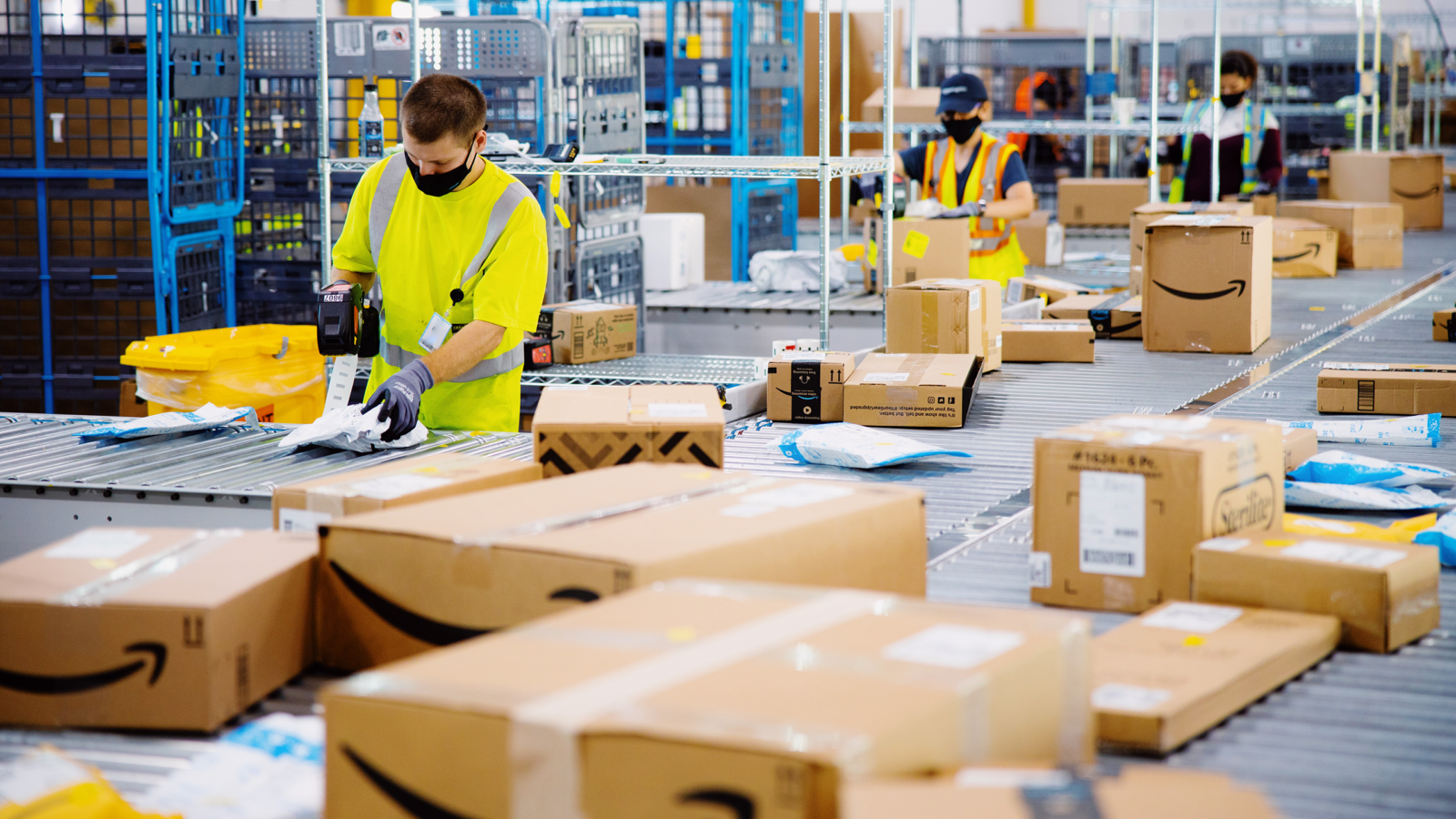A scathing new Senate report led by Senator Bernie Sanders has accused Amazon, one of the largest and most powerful corporations in the United States, of knowingly pushing its warehouse workers to dangerous levels of productivity, leading to widespread injuries. The report, the culmination of an 18-month investigation conducted by the Senate Committee on Health, Education, Labor, and Pensions, presents a troubling portrait of life inside Amazon’s vast warehouse network, where the relentless pursuit of efficiency allegedly comes at the expense of employee health and safety.
The investigation reveals that injury rates in Amazon warehouses have remained alarmingly high for years, far surpassing industry norms. Senate staffers analyzed public records and corporate documents, uncovering that in 2023 alone, Amazon’s fulfillment centers reported injury rates over 30% higher than the warehousing industry average. Between 2016 and 2023, workers at Amazon facilities were nearly twice as likely to be injured compared to employees in warehouses operated by competitors. These findings highlight a systemic issue within Amazon’s operational model, one that has persisted despite mounting public pressure and internal warnings.
At the heart of the controversy are Amazon’s demanding productivity quotas, which dictate the pace at which workers must complete their tasks. Warehouse employees are expected to meet strict hourly targets for picking, stowing, and packing products—a pace that many say is unsustainable. Workers describe an environment of constant surveillance, where their movements are tracked and evaluated in real-time. The result, according to the report, is a grueling work culture where employees are pushed to physical exhaustion, leaving them highly susceptible to injuries ranging from repetitive stress disorders to severe musculoskeletal damage.
The Senate report accuses Amazon of ignoring opportunities to address these risks. Measures that could slow the pace of work and improve safety—such as adjusting quotas or increasing recovery time between tasks—were allegedly dismissed because of concerns over reduced productivity and profit margins. This refusal to implement reforms has drawn sharp criticism from labor advocates and policymakers, who argue that Amazon’s prioritization of speed and efficiency reflects a disregard for worker well-being.
The findings also shed light on the heightened challenges faced by Amazon workers during the Covid-19 pandemic. As global e-commerce demand surged to unprecedented levels, Amazon’s warehouse employees were pushed harder than ever to meet skyrocketing order volumes. Many workers spoke out during this period, staging protests and strikes to demand better safety measures and improved working conditions. The crisis brought renewed scrutiny to Amazon’s labor practices, prompting founder Jeff Bezos to publicly acknowledge the need for change. However, the Senate investigation suggests that significant progress has yet to materialize, with injury rates remaining stubbornly high even as the company continues to grow.
In response to the report, Amazon has pushed back forcefully, calling the investigation biased and misleading. The company issued a statement accusing Senate staffers of using “selective and outdated” information to paint an inaccurate picture of its operations. “This investigation was not a genuine fact-finding effort,” the company said, “but rather an attempt to twist information to fit a false narrative.” Amazon also defended its safety record, pointing to recent investments in technology and training programs aimed at reducing injuries.
Despite these assurances, the report raises broader questions about the human cost of Amazon’s success. With over 800,000 employees in the United States alone, the company’s labor practices have far-reaching implications, not only for its workforce but for the broader economy. Critics argue that Amazon’s high injury rates are the result of a deeply ingrained culture that prioritizes productivity above all else, leaving workers to bear the physical and emotional toll.
Senator Sanders, a long-time advocate for workers’ rights, has been particularly outspoken in his criticism of Amazon. He described the findings of the investigation as a damning indictment of the company’s failure to prioritize the safety and dignity of its employees. Sanders emphasized that no corporation, no matter how powerful, should be allowed to operate under conditions that endanger the health of its workers. The report, backed by Democratic members of the Senate Committee, underscores the urgent need for reforms to ensure that workers are not treated as expendable cogs in a relentless production machine.
As Amazon faces renewed scrutiny, the debate over workplace safety, corporate accountability, and worker protections is likely to intensify. The findings of this investigation serve as a stark reminder of the trade-offs inherent in the modern economy, where the drive for speed and efficiency often comes at a profound human cost. For Amazon’s warehouse workers, whose labor fuels the company’s vast logistics empire, the struggle for safer, more sustainable working conditions remains ongoing.






